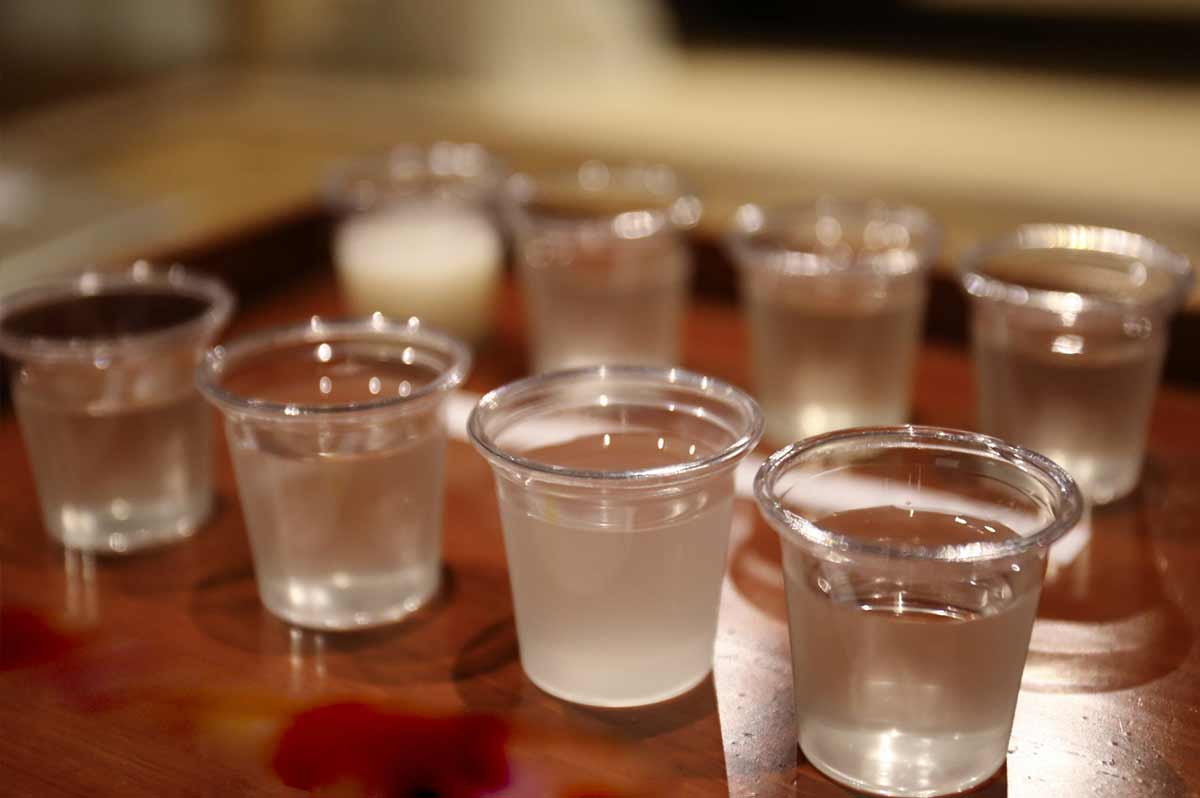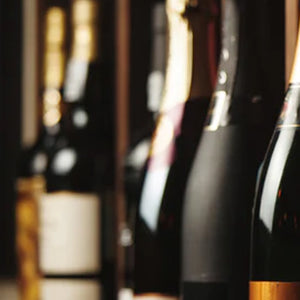Although sake is brewed from rice, it offers the same variety of taste like wine. Each producer uses a different rice, yeast, and water (spring or filtered) with its own brewing method.
To better appreciate sake, it is important to know that it is divided into 4 major categories:
Daiginjo. Consider by many as the best, Daiginjo as a very light, fragrant, fruity and subtle taste. The rice used has been polished down to 35-50% or less. Serve chilled or at room temperature.
Ginjo / Junmai Ginjo. Ginjo sake uses rice that has been polished down to 50-60%. Like Daiginjo, the flavor of Ginjo is light, fragrant and even complex. Served chilled or at room temperature.
Junmai. Brewed with rice, filtered water and yeast, a small amount of alcohol is added in the final fermentation process to enhance aromas and flavors. Serve at a variety of temperatures.
Honjozo. Brewed with rice, filtered water and yeast, a small amount of alcohol is added in the final fermentation process to enhance aromas and flavors. It is smooth, usually lighter and more fragrant than Junmai sake. Serve warm or at room temperature.
There are other varieties such as Nigori, Nama, and Ume Shu:
Nigori. Unfiltered, this sake is subtly sweet and its texture has a white, cloudy appearance.
Nama. This sake is not pasteurized and has a fresher and lighter flavor.
Ume Shu. This is a sweet wine served as an aperitif or dessert wine.





